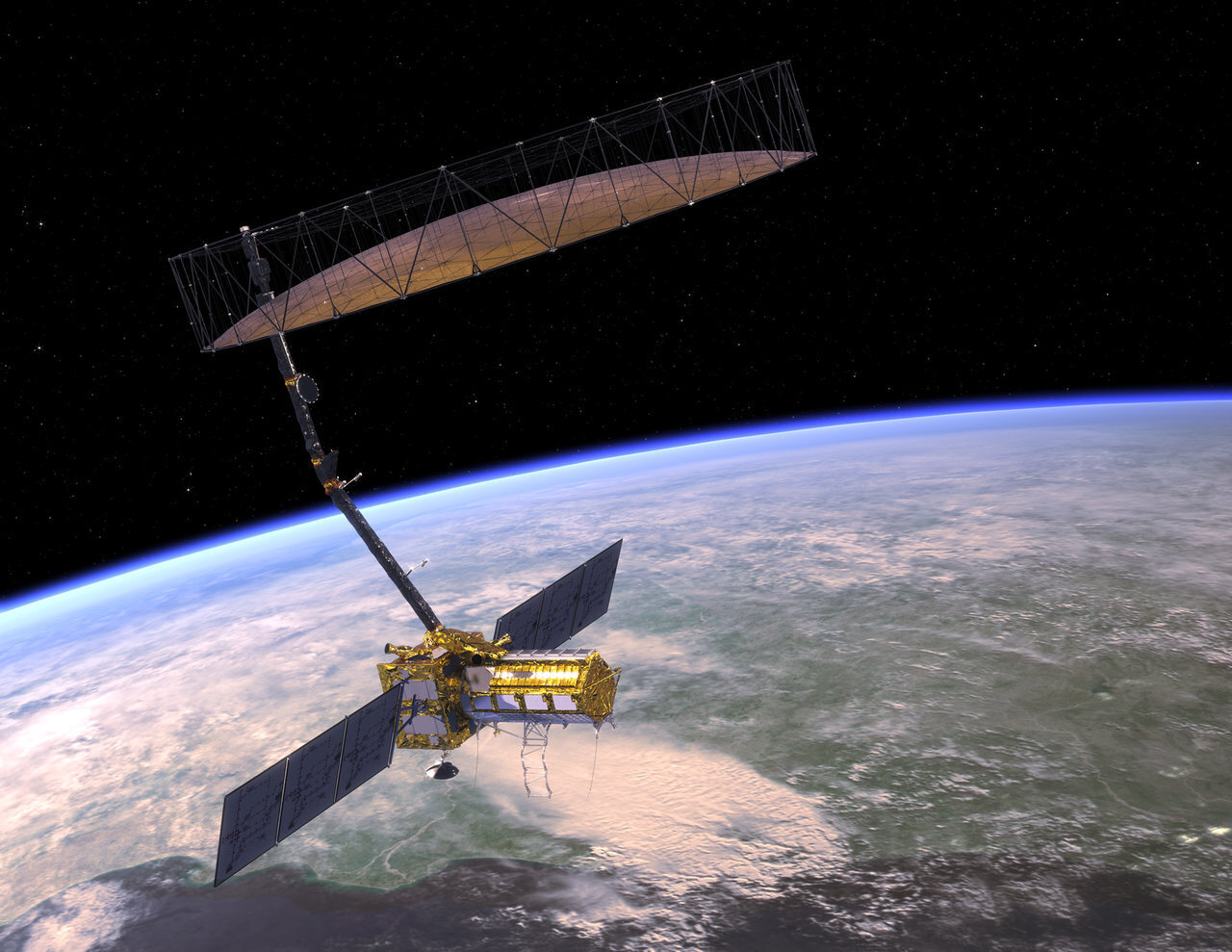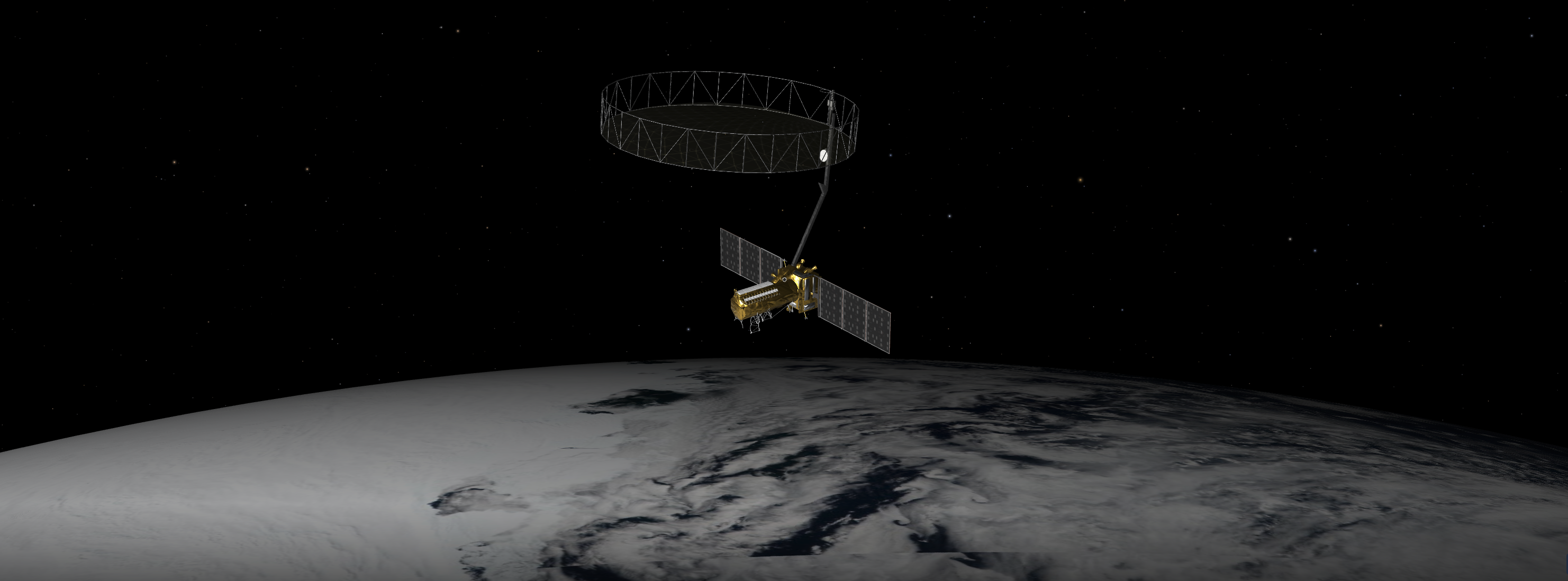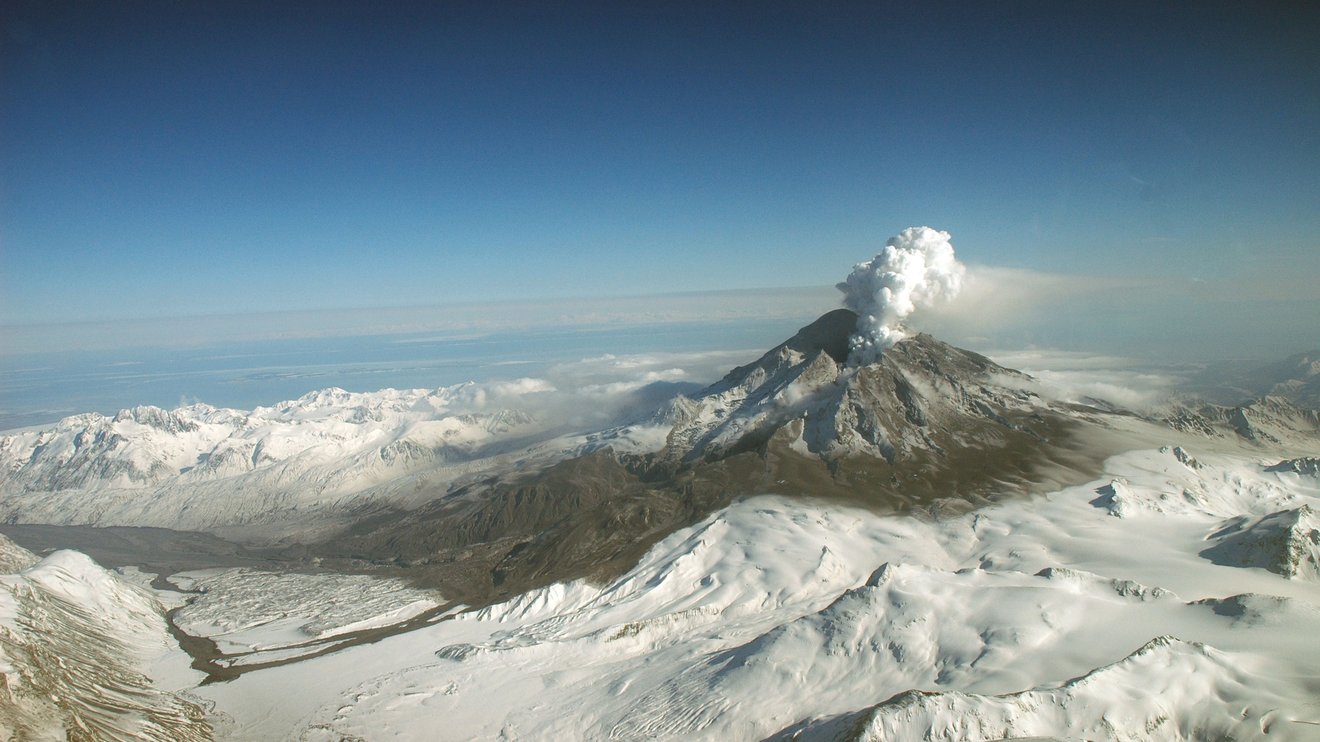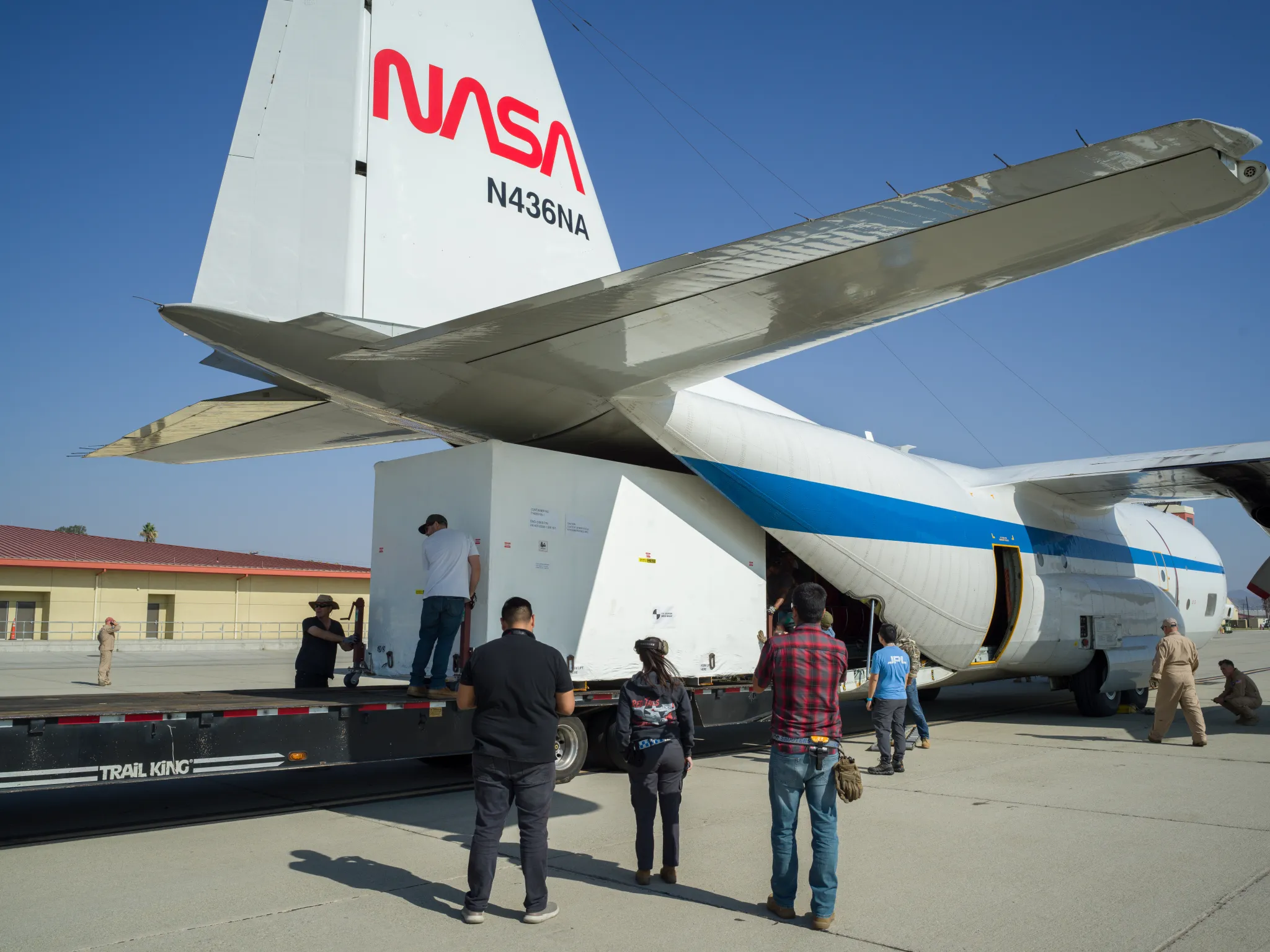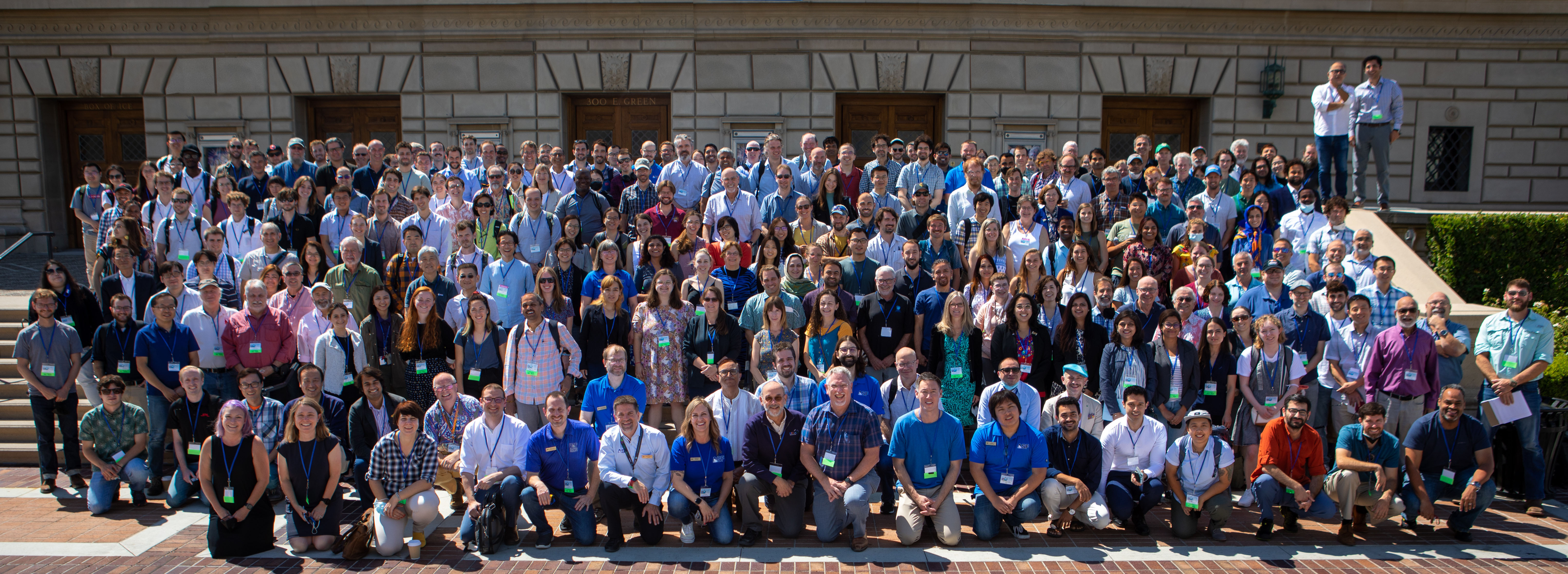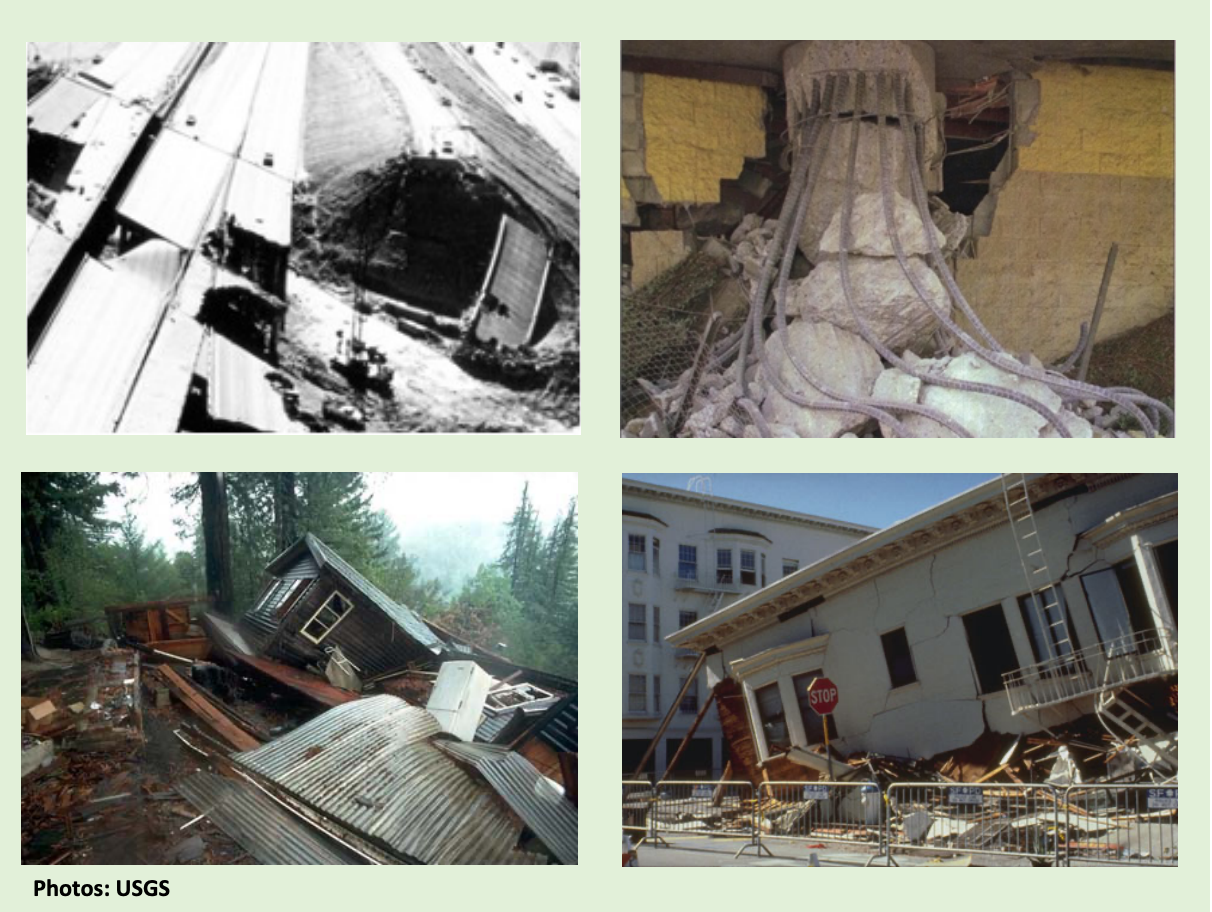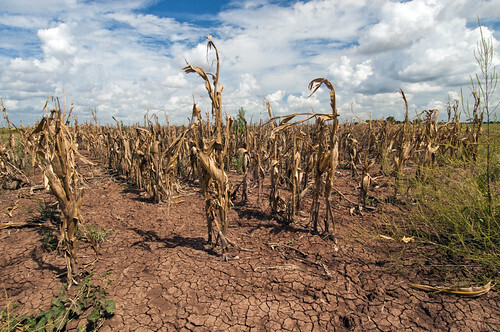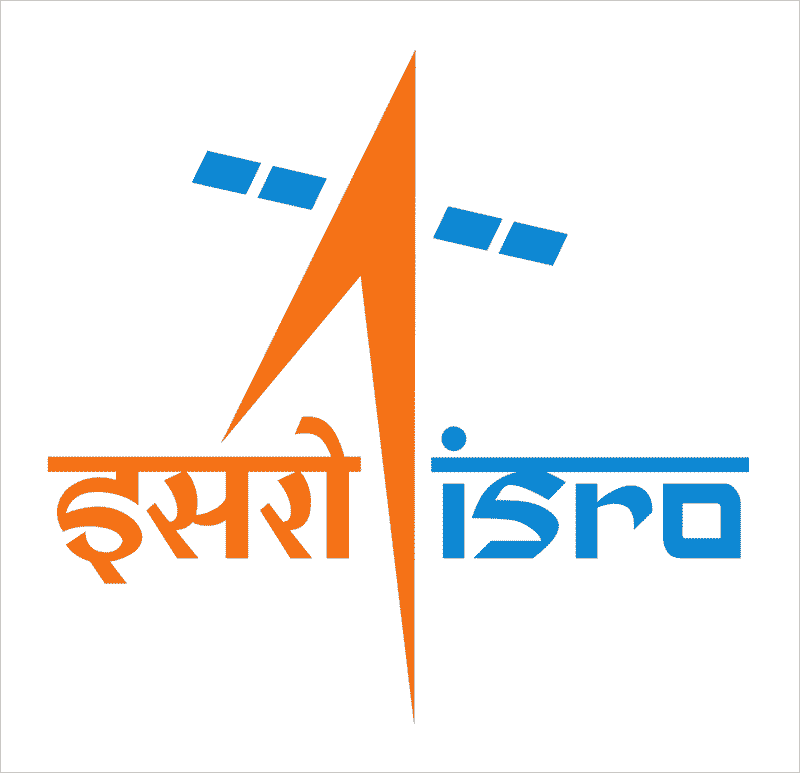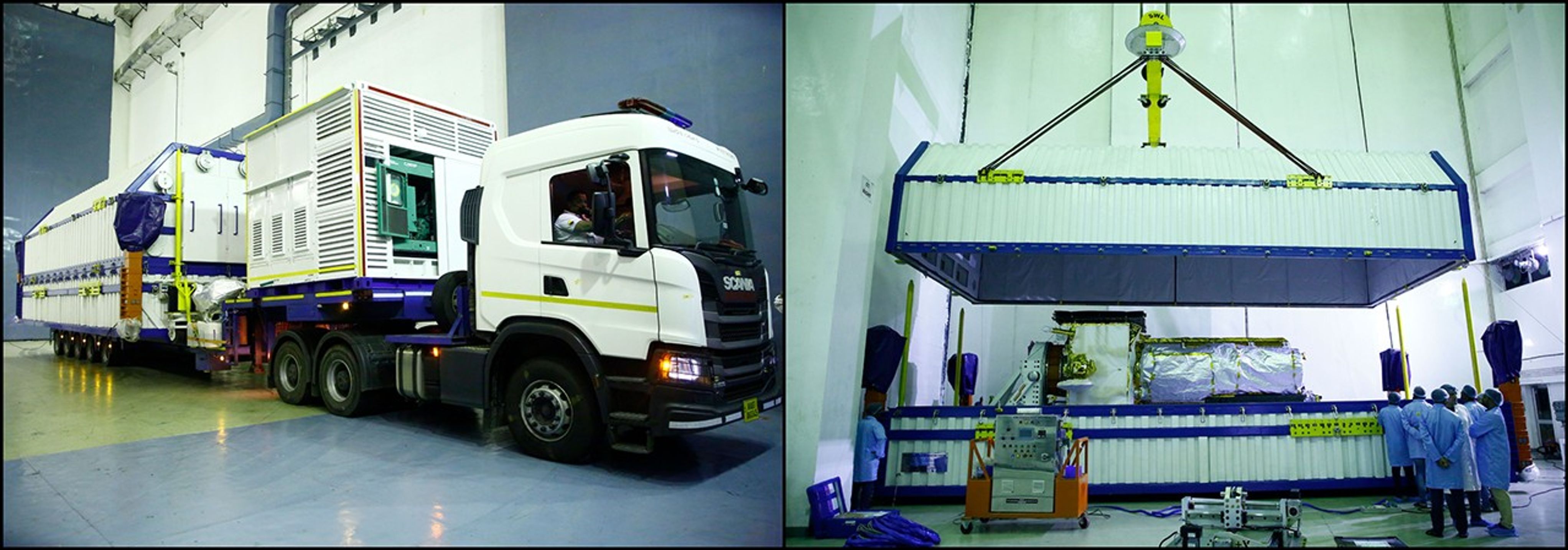
NASA-ISRO Earth-Observing Satellite Arrives at Indian Launch Site
The NISAR (NASA-ISRO Synthetic Aperture Radar) mission, an Earth-observing radar satellite jointly developed by NASA and the Indian Space Research Organisation (ISRO), moved another step closer to launch last month when it arrived safe and sound at Satish Dhawan Space Centre on India’s southeastern coast.
Read More ›

